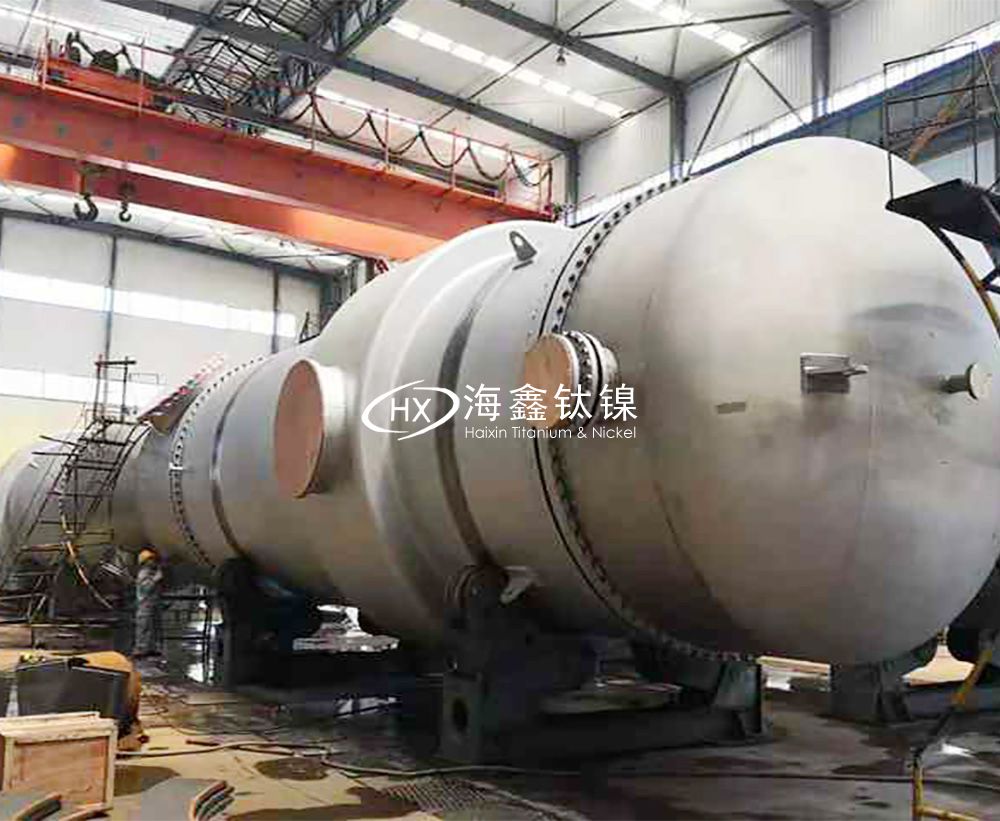The corrosion resistance of titanium equipment depends on ensuring welding quality and avoiding weld defects.
Key Considerations in Titanium Welding
1.Core Challenge:
Titanium welding is less about bonding technology and more about contamination prevention.
Strict pre-weld cleaning of grooves and adjacent areas is essential.
2.Inert Gas Shielding:
Use argon gas (purity ≥99.99%) to protect both the front and back sides of the weld and the heat-affected zone.
Without proper shielding, titanium’s high reactivity at elevated temperatures leads to oxygen, nitrogen, hydrogen, or carbon absorption, causing cracks, pores, and other defects.

3.Leak Detection Holes:
For titanium-clad or lined vessels, install leak detection holes to:
Enable argon backside shielding during welding.
Inspect weld integrity post-welding.
Monitor leaks during operation.
Case Studies of Welding-Related Failures
1.Yueyang Petrochemical’s Titanium-Lined Oxidation Tower:
Failure due to lack of leak detection holes, preventing argon backside shielding.
Result: Leakage and corrosion-induced perforation.
2.Shanghai Petrochemical (SPC) PTA Adsorption Tower:
Constructed with Grade 2 titanium-clad plate.
After 7 years of service (2005), titanium circumferential weld cracks at the bottom caused leaks due to welding defects.
3.Baosteel’s Coal Desulfurization High-Pressure Reactor:
A multi-layer rolled plate titanium-lined vessel experienced repeated leaks and perforations.
Root Cause: Weld defects exposed by internal fluid erosion, allowing sulfuric acid and thiocyanic acid to penetrate the titanium-steel interface, triggering galvanic corrosion.
Solution: Implemented groove gouging and repair for critical erosion zones, multi-layer welding for overlapping titanium cover plates, and rigorous non-destructive testing to eliminate defects.
Key Takeaway:
Most titanium equipment failures stem from poor welding quality. Strict adherence to shielding protocols, leak detection design, and post-weld inspection is critical for long-term reliability.